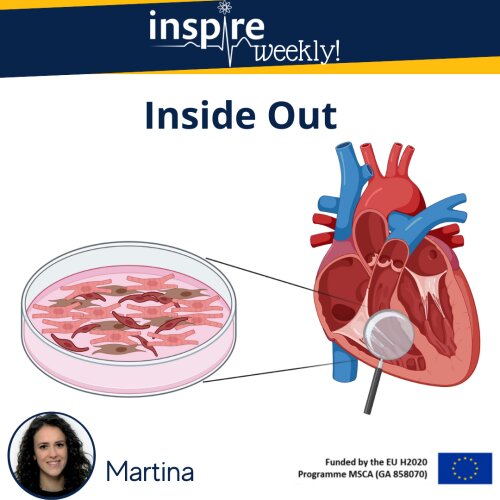30/03/2022 - Martina (ESR #2)

Human induced pluripotent stem cell-derived cardiomyocytes (hiPSC-CM) are a well-established model for cardiac toxicity testing. However, this model does not consider other cellular types present within the cardiac tissue. The human heart environment comprises several cell populations: cardiomyocytes, fibroblasts, endothelial cells, and other type of cells. During the last decade, 3D co-culture of cardiac micro-tissues has gone more and more under the spotlight as a novel approach to improve hiPSC-CM maturation and obtain more physiologically relevant results. Even if the employment of 3D cultures is impeded by several challenges and technical difficulties, so far different studies have shown promising results of cardiomyocytes response to drugs, resulting in a more predictive approach [1] [2].
During my PhD, I will investigate the 2D co-culture of hiPSC-CMs, endothelial cells and fibroblasts in a 96-well format on Real Time Cell Analyzer (RTCA) Cardio Extra-Cellular Recording (ECR), to evaluate the improvement of cardiomyocytes maturity and compare the differences in terms of drug cardiotoxicity predictivity between the mono- and co-cultures through the analysis of functional parameters, such as impedance, contractility, and electrophysiology.
References:
- FUJIFILM Cellular Dynamics, Inc. (FCDI). 3D Tri-culture Cardiac Microtissue Assays with Simplified Workflow and Off-the-Shelf Reagents. iCell® Cardiomyocytes Application Protocol.
- Sirenko O, Hancock MK, Crittenden C, Hammer M, Keating S, Carlson CB, Chandy G. Phenotypic Assays for Characterizing Compound Effects on Induced Pluripotent Stem Cell-Derived Cardiac Spheroids. Assay Drug Dev Technol. 2017 Aug/Sep;15(6):280-296. doi: 10.1089/adt.2017.792. PMID: 28837356.